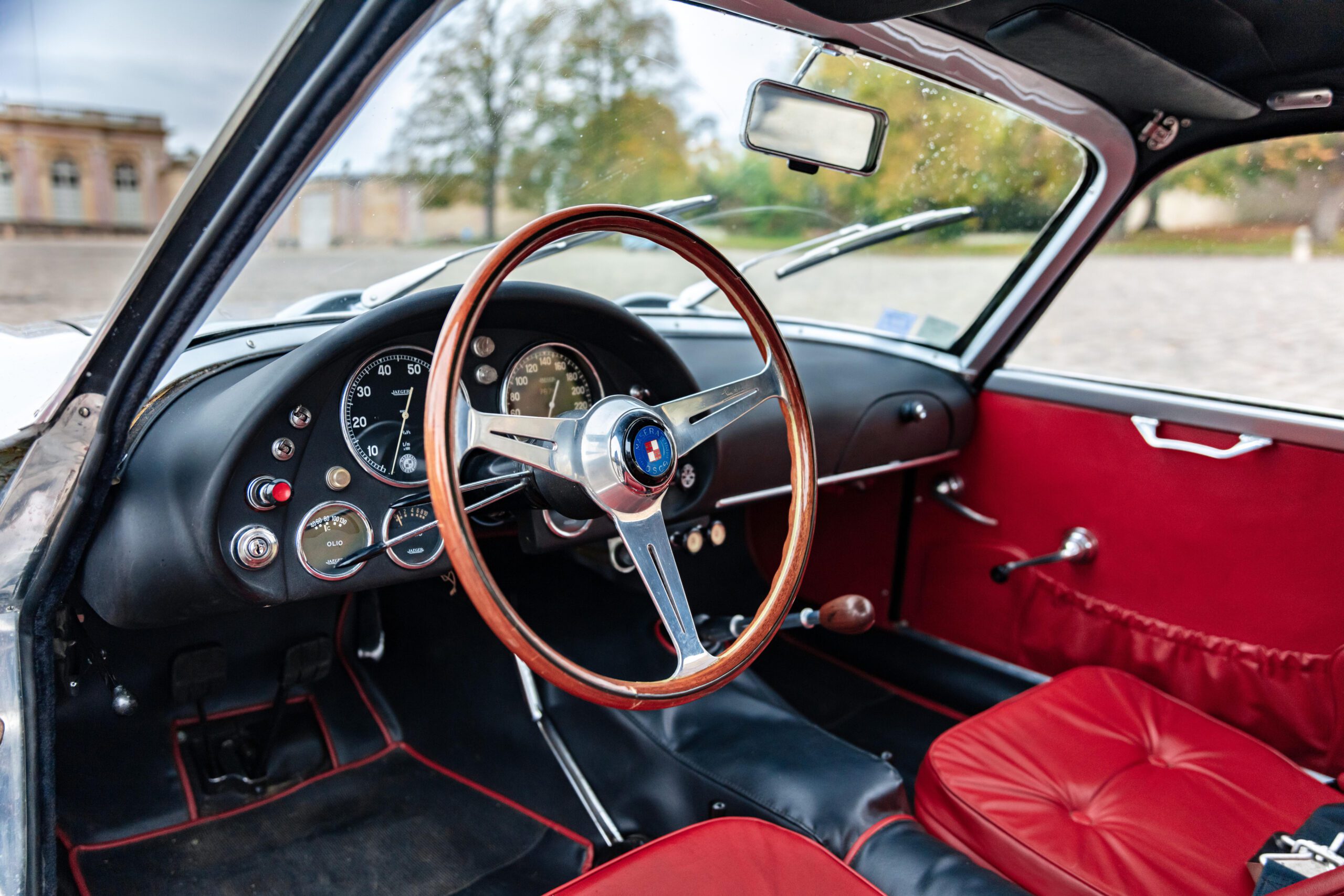In 1937, the Maserati brothers relinquished their stake to the Orsi Group, paving the path for Officine Specializzate per la Costruzione Automobili Fratelli Maserati, or OSCA. Driven by a passion for racing, they sought to create bespoke competition cars, distancing themselves from the burgeoning road car industry.
OSCAs soared in the 1950s sports car racing scene, making a mark at events like the 1954 Sebring 12-Hours where privately entered OSCAs clinched remarkable victories against formidable competitors. The Mille Miglia saw OSCAs triumphing ten times in class, while Le Mans witnessed their prowess with wins in the Index of Performance category.
Despite OSCA’s modest output, never surpassing 30 cars annually, their dedication to competition remained unwavering. The MT4, OSCA’s inaugural offering in 1948, powered by a 1,092cc overhead-camshaft engine, set the stage for their success, evolving into larger iterations and garnering acclaim under Luigi Villoresi’s skillful command.
In a surprising turn, OSCA, while continuing to refine its twin-cam engine for FIAT’s sports cars, started creating their own GT models. Departing from their initial stance against road cars, OSCA introduced the 1600 GT, featuring a tubular-steel spaceframe chassis and the potent twin-cam engine. Over the span of 1960 to 1963, OSCA completed 128 units of the 1600 GT, with the majority featuring bodies by Carrozzeria Zagato.
Photos by Kevin Van Campenhout courtesy of RM Sotheby’s













